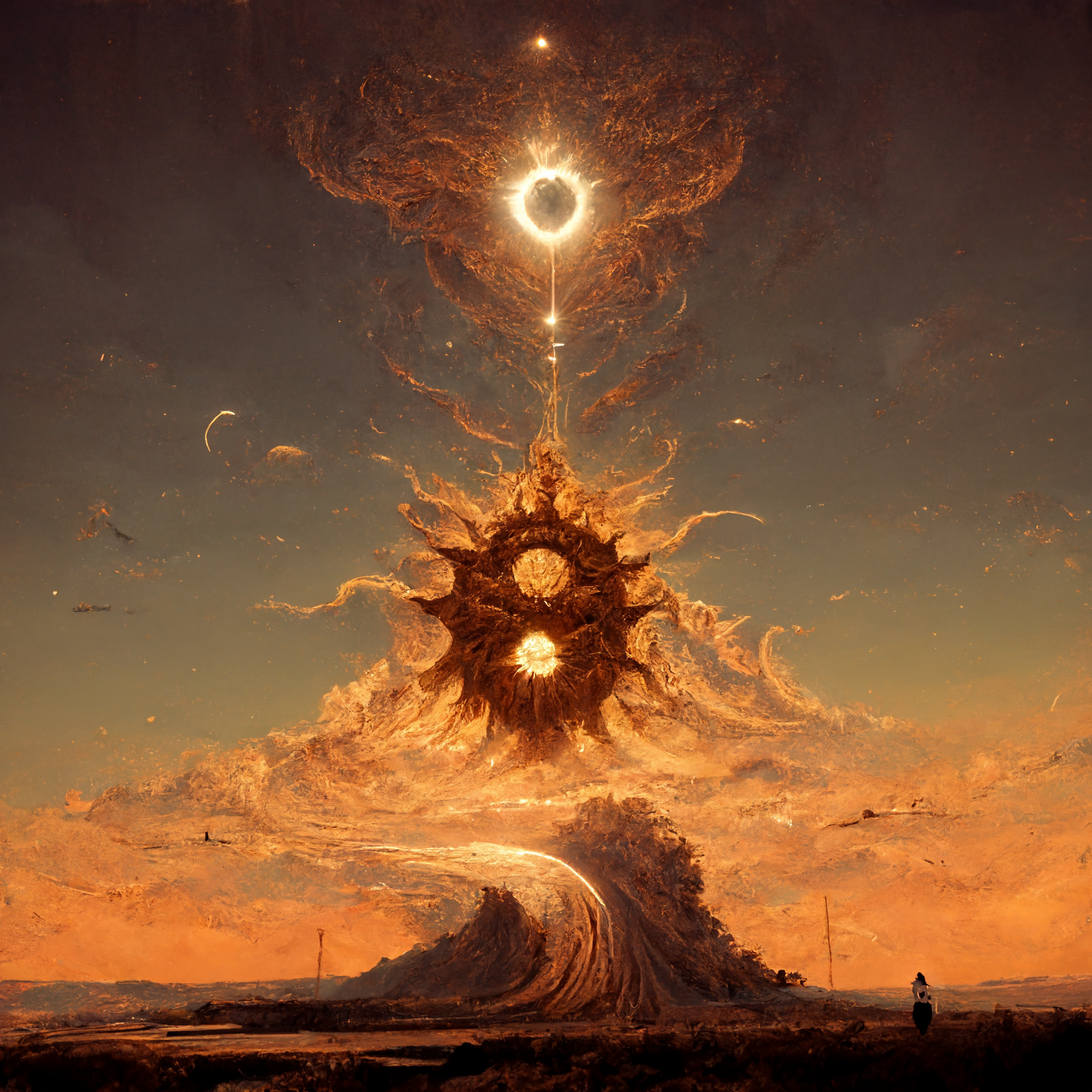In the ever-evolving landscape of industrial design, the integration of Artificial Intelligence (AI) has sparked a transformative wave. This blog post delves into the exciting partnership between human creativity and AI-driven tools, exploring how they combine to redefine the boundaries of what’s possible in design.

Design Inspiration in the Digital Age In today’s digital age, AI algorithms have become adept at analyzing vast datasets and trends, providing designers with fresh wellsprings of inspiration. By sifting through an immense array of styles, preferences, and emerging design elements, AI can suggest directions that might have been overlooked by human designers. This newfound ability to tap into the collective design consciousness of the internet age is revolutionizing the creative process.
Conceptualization and Ideation Generative design tools powered by AI have proven instrumental in the early stages of design. By leveraging algorithms capable of brainstorming and conceptualizing, designers can explore a broader spectrum of possibilities. AI might offer unconventional solutions or suggest combinations that a human mind might not naturally conceive. This dynamic partnership between human imagination and AI computational power is driving design to new heights.
Advanced Simulation and Testing AI-driven simulations are changing the game when it comes to testing and validating designs. These simulations can accurately predict product performance under a wide array of conditions, reducing the reliance on physical prototypes. This not only saves time and resources but also enables designers to iterate more rapidly, pushing the boundaries of what’s achievable.
Personalized Design Experiences Thanks to AI, consumers are now experiencing a new level of personalization in design. Customization interfaces, powered by AI algorithms, empower customers to create unique designs tailored to their preferences. This marriage of technology and creativity not only enhances user satisfaction but also opens up new avenues for designers to connect with their audience on a more intimate level.
Streamlined Manufacturing and Production AI’s impact extends beyond the design phase into the manufacturing process. By optimizing supply chain management, quality control, and even leveraging robotics and automation, AI is driving efficiency and reducing production costs. The result? Products that not only push the boundaries of design but are also more accessible to a broader audience.
Sustainability and Material Selection AI’s capabilities are instrumental in selecting sustainable materials and minimizing environmental impact. By analyzing the life cycle of materials, AI algorithms can recommend eco-friendly alternatives. This empowers designers to make choices that align with the growing demand for sustainable and responsible design practices.
Ethical Considerations and Human Oversight While the potential of AI in design is vast, it’s essential to address ethical concerns. Issues like bias and privacy require careful consideration. Human oversight remains crucial in ensuring that AI is used responsibly and in a manner that upholds the values of inclusivity and fairness.
Conclusion: The partnership between AI and industrial design is ushering in a new era of innovation and efficiency. AI doesn’t replace the creativity of human designers; instead, it amplifies their capabilities and accelerates the design process. As we embrace the limitless possibilities of this collaboration, we’re not just designing products; we’re shaping a future where design is smarter, more personalized, and more sustainable than ever before.
The marriage of creativity and technology is not just a trend—it’s the future of industrial design.
Call to Action: Are you excited about the convergence of AI and industrial design? Share your thoughts and experiences in the comments below. Stay tuned for more updates on the dynamic synergy between human ingenuity and artificial intelligence in the world of design.
